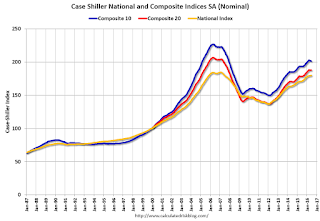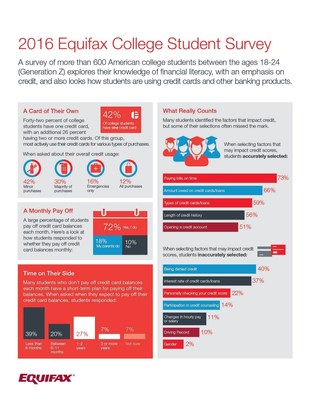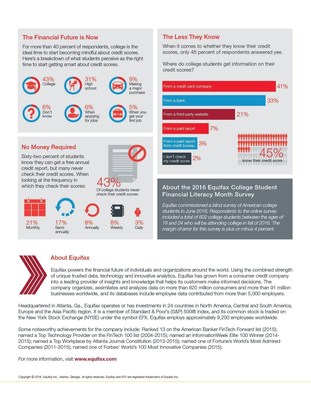Building a great team is critical to any business, and startups in particular. People are the absolute core of any makerspace, and that foundation starts with a smart, diligent, self-driven staff. Before coming on to the Open Works project, I didn’t have a lot of experience in hiring – mostly just lower-skilled workers on construction jobs that I managed. Those interviews were cursory, and the work was relatively straightforward. That had seemed easy enough, so I (naively) assumed the Open Works hiring process would be similar. After all, we have a well-publicized project that people are eager to get involved with – I figured we’d get tons of applicants!
Well, I was right about one thing – we got tons of applicants – but I was wrong about most everything else. Hiring is super-hard. It’s even more difficult when you can’t pay a lot of money and are a location-dependent business in a smaller, second-tier city. Hiring is such a pain point that is has spawned a whole set of side businesses, from corporate headhunters to LinkedIn, designed to attract and retain talent. But these solutions have failed to solve some of the fundamental problems in the tech industry, including a staggering lack of diversity.
As a tech-forward space in a majority African-American city, building a diverse and representative staff was top of mind as we entered the hiring process. Another critical component was finding folks that had a balance of both hard technical skills and the soft social skills. Lots of people may know the tech, but having the patience, resilience, and wisdom to teach beginners how to use it is another skillset entirely. Last, we needed self-motivated folks that could handle a fast-paced startup environment without a lot of direct guidance. To balance those needs, we utilized a few simple strategies:
Remove college degree as a requirement for consideration
At first, all of our job description drafts started with something like “degree in engineering, math, architecture, or computer science required.” We quickly realized that putting a degree as a pre-requisite was an barrier to a lot of smart, talented people. People that have worked in trades, gone to vocational school, earned associate’s degrees, or gotten industry certifications have the same skillsets, especially in fast-moving fields.
Push job postings out widely
Our core postings were on idealist.org, which is for jobs in the nonprofit sector and seemed like a natural fit for our mission. From there, we posted on our own website, social media, email lists for local organizations, and Craigslist. Over the last two years of development, I had met a great deal of people, and tried to take the time to email many of them personally.
We also worked in partnership with organizations to fill several positions and expand our reach. Baltimore Corps is a new social enterprise dedicated to building a new generation of leaders in Baltimore City, and we worked with them to hire for the Open Works Mobile Coordinator position. Maryland Out of School Time (MOST) has been working in the STEM education realm in Baltimore for quite some time, and they are the sponsor organization for an AmeriCorps VISTA volunteer who will be starting with us in the fall. We are also grateful to several of our partner organizations, including the Station North Tool Library and the Maryland Institute College of Art (MICA) that passed terrific candidates along to us.
Interview a lot of people
You never know who might be the right fit, and the only real way to figure that out is to sit down and talk with them. Many times, someone’s resume doesn’t really represent a lot of wonderful things about their personality or presence.
Interview by committee
We put candidates in front of a lot of people – a first pass with 2-3 folks, and a second pass with 2-3 more from our board and senior leadership team. I can’t emphasize this enough – when power is concentrated with one or two people, there is too much opportunity for biases to creep into the decision. Studies have shown that people often hire people like themselves, which leads to a damaging homogeneity and tends to freeze out women and people of color. Developing a hiring committee with diverse experience and viewpoints helps knock down those biases and arrive at a global consensus about the most qualified individual.
Ask the right questions
As a startup, we don’t have a lot of systems in place yet. As a manager, I was asking folks to create these systems from whole cloth. To figure out if someone was ready for that type of challenge, I asked people to explain projects they had started from scratch. I also asked people to explain a time they had reached for a goal and failed. People tend to answer in one of two ways: they either blame it on externalities, or they take personal responsibility. It told me a lot about someone’s work ethic and approach to failure. Open Works will hit some failure points, some sooner than others, and we need folks who can brush it off, salvage the good, discard the bad, and push forward.
We still have a long way to go – we are interviewing for part-time teachers now, and are slowly expanding our pool of techs and volunteers. We have a terrific team in place, but I am also conscious that we have a ways to go to make Open Works truly representative of Baltimore City. The critical thing is to know that and move towards it every day with thoughtful, conscious decisions.
So, without further ado, I wanted to introduce our staff in their own words:
C. Harvey, Open Works Mobile Coordinator
C. is a Baltimore born and raised maker, emerging entrepreneur, and the founder of Generation of Dreamers and Baltimore’s Gifted. She is currently Open Works’ Mobile Coordinator and passionate about touching the community. C. is a Baltimore Corps Fellow and a Young Cultural Innovators Fellow. She holds an A.A.S in Computer Aided Drafting and Design from CCBC and briefly studied Engineering Technology at Temple.
Kisha L. Webster, Community and Education AmeriCorps VISTA
Kisha is a native of Newark, NJ and has lived and worked in Baltimore since 2002. She is an educator and community advocate who lives by the African proverb, “I am because we are.” She focuses on community collaboration which has led her to take on a number of volunteer opportunities and leadership roles. Kisha received her Bachelor of Arts in Secondary Education at Delaware State University and a Master of Science in Educational Leadership at Trinity University in Washington, DC.
Cindy Paradies, Coordinator, Fundraising and Workforce Initiatives
Cindy has been working in the community development field for most of her professional life – her experience ranges from financing and development of real estate projects to supporting workforce development initiatives and creating community programming that is responsive to lots of folks. She’s passionate about making Open Works a space that is truly “of the community”!
Catie Buhler, Digital Operations Technician
Catie received her BFA from Maryland Institute College of Art where she studied Interdisciplinary Sculpture, and specialized in Digital Fabrication. During her time as an undergraduate she worked as an intern at two Baltimore nonprofits, Whitelock Community Farm and Baltimore Electric Vehicle Initiative. Currently, she makes up one half of the art + design collective, abcb.
Lawrence Moore, Manual Operations Technician
Lawrence is a native New Yorker, and earned a B.A. in Human Service from the University at Buffalo. He is passionate about a few things; education, sports, rollerskating, and woodworking. He is looking forward to learning metal working at Open Works.
Hannah Wides, Manual Operations Manager
Hannah received a BFA from Cooper Union and studied woodcarving at its sister school in Japan, Kyoto Seika University. She has a certificate in woodworking and furniture design from Yestermorrow Design/Build School in Vermont. Her work history includes sculpting, timber framing, woodworking education, and freelance furniture making. Most recently, she co-founded Baltimore Women’s Maker Collective, a social network and general resource for woman-identifying and non-binary creative entrepreneurs and artists.
Harrison Tyler, Digital Operations Manager
Harrison Tyler is an artist and designer with a BFA in Interdisciplinary Sculpture from the Maryland Institute College of Art. He is co-founder of Jimmi, a design firm fostering innovation in digital fabrication through the designing and building of 3D printing tools and educational experiences.
April Danielle Lewis, Membership Manager
April comes to Open Works with a diverse range of work and volunteer experience. She is an artist, organizer, curator, and community cultivator. In 2009 April earned a B.S. in Art + Design with a concentration in printmaking from Towson University and an A.A. in Visual Art from Anne Arundel Community College in 2006.
Laura Cohen, Education Manager
Laura is a community artist, organizer, advocate, teaching artist and Education Manager at Open Works. She has her B.S in Art Education from the University of Vermont, holds a Master of Arts in Community Arts degree from the Maryland Institute College of Art, is a licensed arts educator and has been creating, managing, facilitating and collaborating on projects and programs that bring the joy, skill development, increased self-esteem and community building of high quality arts programming to communities in Baltimore City since 2007.
Will Holman, General Manager
Will studied architecture at Virginia Tech and Auburn University’s Rural Studio. Over the last 10 years, he has worked all over the United States on affordable and sustainable housing, design education, creative placemaking, and social justice. His personal and professional practice has been focused on making the tools, techniques, and products of design accessible to everyone. He is the co-founder of the Industrial Arts Collective and author of Guerilla Furniture Design. You can find his design work documented on Instructables and available for download on OpenDesk. You can find more of his writing at Bmore Art, Design Observer, Places Journal, and Make: Magazine.
Construction Update
Since the last post, we have:
1. Finished the last major piece of construction – replacing asphalt in the loading dock area.
2. Got our Use and Occupancy permit!
3. Started setting up micro-studio spaces.
4. Continued unboxing all of our tools.



















